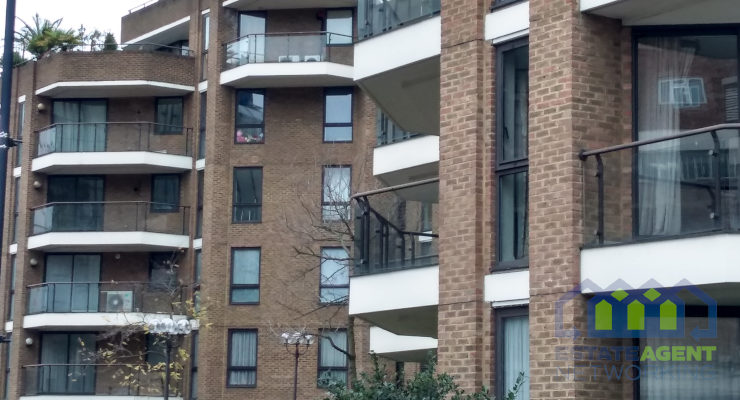The different types of landlord insurance for flats
If you are a landlord, you are almost certain to know about the importance of buy to let insurance – which protects both the property itself and the business you are running from it.
You might, however, face some confusion about the nature of landlord insurance for flats that you require. It all depends on whether the purchase was leasehold or freehold.
There are also many different types of flats that you will need to pick out. If you’re a student, it’s probably ideal to look at a flatshare to cut costs. A flatshare reduces your rent but still lets you live in a great home fit for you.
Sanctuary-Students.com is a great option if looking for cheap student accommodation in London for instance.
Landlord insurance for flats
If you are a leaseholder
If you are the leaseholder, you typically pay a ground rent to the freeholder, together with a maintenance or service charge, in accordance with the terms of the lease.
The housing charity Shelter explains that the latter is designed to cover the maintenance and upkeep of the structure and fabric of the building, its exterior features, common areas (such as lobbies, staircases and hallways), and maintenance of any surrounding gardens or grounds.
Also included in that charge is the cost of the building insurance paid by the freeholder.
As a leaseholder you need to check the terms of your lease and verify that the appropriate building insurance is paid by the freeholder – so you can rest assured that that element of protection is safely covered.
Right to Manage insurance
An exception may arise if the majority of the leaseholders in the block you have bought have decided to exercise their Right to Manage (RTM) and set up the relevant company through which to do so.
In this case, specialist Right to Manage insurance will be required.
Your contribution to the cost of building insurance is again included in the regular service charge paid to the Right to Manage company.
Although essential building insurance may be taken care of in this way, you are still responsible for arranging appropriate landlord insurance for flats to provide cover for:
-
the contents you own in the let property;
-
indemnity against your landlord liability – in the event that a tenant, one of their visitors, or a member of the public is injured or has their property damaged and holds you responsible; and
-
compensation for loss of rental income if the flat becomes temporarily uninhabitable – and, therefore, unlettable, following its damage from a major insured event.
If you own the freehold
If you are the freeholder of a flat or flats – within a converted property or a block of flats, for example – your landlord insurance takes on a different dimension.
As the freeholding landlord, you are responsible for arranging the building insurance which protects the exterior and the structure and fabric of the whole property. You are also responsible for the costs of maintenance and for the upkeep of any grounds or gardens. They are costs which you might want to pass on to your tenants by way of the rent you charge.
Once again, your landlord insurance for flats also has the option to incorporate cover for the contents you own – including furnishings and fittings in any common areas – provision for indemnity against any landlord liability claims, and compensation for loss of rental income in the event of a major insured incident which leaves the flat or flats temporarily uninhabitable pending repairs and reinstatement.









